BADMINTON GRIP ADVICE
Badminton grip advice
Did you know that a badminton grip is responsible for 30% for the playability and quality of the badminton racket?
Badminton grips and grip size
A good grip is one of the most important parts of a badminton racket. Tihe best known
are Yonex badminton grips and Victor badminton grips
Of course, when buying a racket there is always a grip on the handle and you can immediately start playing badminton if you want. Nevertheless, when purchasing a new badminton racket, we always recommend having a professional grip on it. It is the cheapest part to buy, but also the most important part. Spend some extra money and you will certainly notice the difference compared to a factory grip. At SPPHONEIX you can choose from Yonex grips, Victor grips
If you are going to immerse yourself in the matter, we would like to help you with a series of blogs that explain all sides of badminton rackets. What factors influence the purchase of a racket, and where should you pay attention?

What is the most important of a racket grip?
Racket grips can be divided into two important parts, namely grip thickness and grip material. Both are super important to help you hit the best and most powerful shots on the track in the sports hall!
Grip thickness:
Most beginners use thicker grips more often, often with overlaps / ridges so that the fingers fit in the space inbetween. Which grips are most suitable for you is of course very personal and that is why it is very nice that this can be adjusted exactly to your wishes. Still, we can make a connection between which players choose a certain type of grip thickness / material and so we can advise almost all badminton players the right grips that suit their playing style.
What are the benefits of a thicker grip?
- Better hold and grip strength
- Better shock absorption
- Good for the powerful forehand strokes
- Can prevent tennis elbow / golf arm
- For people who cannot make a fist due to injury or osteoarthritis
- Often preferred by beginners / recreationists
What are the disadvantages of a thicker grip?
- The 8 corners of the handle are less noticeable and therefore less feeling with the racket
- Little control on technical strokes and certain arm positions
- Change slowly with grip posture, such as from forehand to backhand
- Diversion are more difficult to perform
Why would you choose thinner racket grips?
- Much more control over the badminton racket
- Rapid changes in grip positions
- Perform diversions quickly and well
- No injury prone arms or joints
- A lot of feeling with the racket
What grip thicknesses are there?
Nowadays the grip sizes on the market are often G4 (8.6 cm) and G5 (8.3 cm). Around the years 2005 and before, G3 (9.0) was the most common grip thickness.
Professionals often use grip thicknesses of 8.0 - 8.6 cm in circumference and at lower levels 9.0 - 10.5 cm. It remains a personal preference that you have to experience and fine tune yourself.
The most commonly used grip sizes are:
| Grip size | circumference |
| G4 | 8,6 cm |
| G5 | 8,3 cm |
| G7 | 7,7 cm |
What ways can you use to grip your handle?
Basically there are two types of grips.
- Overgrips make the handle about 0.4 - 0.6 cm thicker in circumferrence
Can be applied directly to a bare handle as well as over a factory griip. This grip
offers optimal grip and because it can be applied thinner on the haradle, more can
be 'played' with the thickness. For example, with a Victor Cushion Wrap under the
overgrip, you can vary the thickness even more precisely. The overgirips wear out
faster and need to be replaced more often. - Basic grip make the handle about 1cm thicker in circumference.
Has self-adhesive tape on the back of the grip, is applied directly to a bhandle
and absorbs many vibrations. For example, with a Victor Cushion Wrap under the
base grip you can vary the thickness even more precisely. This grip is more durable
than an overgrip.
The purpose of applying a racket grip is that it is done accurately to the millimeter. The difference in circumference of 3mm is so big that a recreational player can also disapprove the grip, because the racket does not play well and can cause complaints to hands or joints.
Accurate grip depends on a number of factors:
- A grip has a certain thickness and stretchability. Choosing the right material and using the correct force dosage when wrapping the grip gives the desired result.
- The degree of overlap. Overgrips can be overlapped 2-3 mm, but also exactly half the width, making the handle thinner or thicker.
What is the influence of dyes on grips?
Did you know that the color of your racket grip can influence the quality and feel of those grips? The color white often feels softer and stiffer, because it contains fewer dyes. That is why some players always choose white or gray racket grips.
This story is especially well known in the tennis world and is passed on to each other. There are of course exceptions, but it is best to contact our badminton specialist! There are also grips in the range where this rule does not apply correctly.
In any case, it is good to know that the feel of a grip can be different, because the color is different. A white grip from the same box may feel different from a yellow or black grip.

What types of materials are there for grips?
Are you familiar with all types of materials that badminton grips can be made of? Broadly speaking, there is a choice of 2 types, namely synthetic and terry fabric.
Synthetic
This material is the most popular and used by most players. With this material you have the choice between 'tacky grips' and 'soft grips'. The tacky grips are stiffer and stickier and therefore offer extra 'grip' on the racket. The soft grips are made of a softer material and offer more comfort when holding the racket.
Terry fabric
Terry fabric is the same material as a towel and feels completely different from a synthetic grip. With dry hands it feels fairly slippery, but the moment you start to perspire, the grip will become 'more moist' and the terry grip really comes into its own. Sometimes it is combined with using an adhesive spray or Magnesium powder. With adhesive spray it immediately feels stiffer. Magnesium powder is used correctly when the grip becomes too moist.
Advantage of terry grips (approx. + 1.2cm thicker):
- Absorbs the most moisture. For enormous sweat perspiration. If it is too wet, Magnesium powder is often used.
- For players who have allergies to rubber in the synthetic material
Downside of terry grips
- Very smooth at the beginning. It only plays well when the grip gets a little wet from sweat. An adhesive spray can also be used for this.
- The fabric may harden after a few weeks. At the beginning of each session it must first soften again by means of of water or sweat, before it feels pleasant.
- Must be replaced more often.
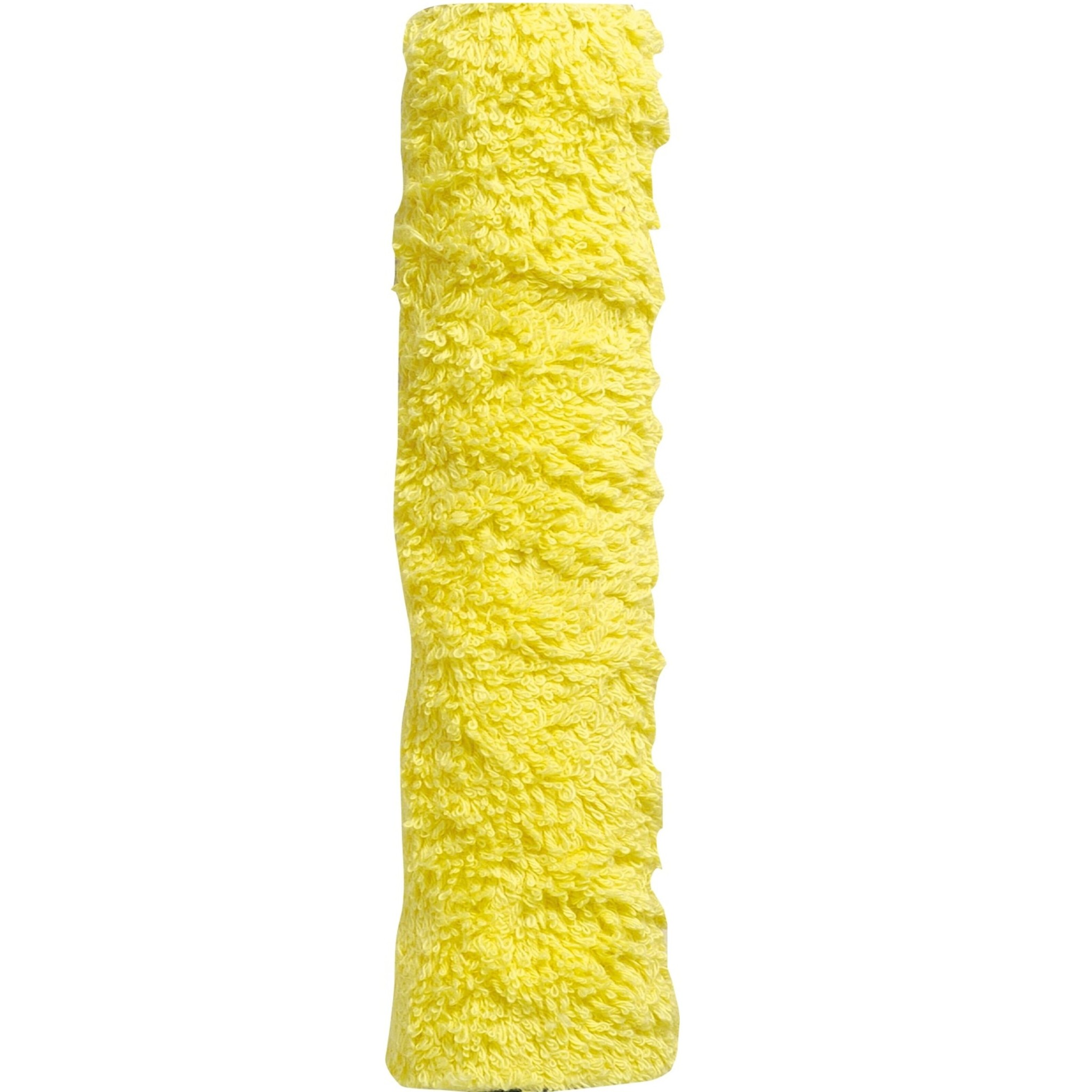
Example: Victor Frotteegrip
Advantage of synthetic "tacky grips"
- Much more sticky
- Immediately a lot of grip and higher acceleration of stroke speed.
Disadvantage of synthetic "tacky grips"
- Not suitable for hands that are allergic to rubber.
- Turns less quickly
Advantage soft grips
- Feel wonderfully soft
- Doesn't stick
- Rapid change of handle position
Downside softgrips
- Not suitable for hands that are allergic to rubber.
- Absorb less moisture
- Wear out faster
Grips and hygiene:
Did you know that racket grips can be really dirty, even though you don't see it yourself? Most badminton players do not wash their hands before playing. As a result, dirt, grease, cream, perfume, sweat, dead skin cells and bacteria remain on the grip during badminton. Think about this: You're playing badminton 1 or 2 times a week for at least 1 hour at a time.
Can you tell that the majority of players do not replace their grip for 1 year or more .. This is of course not very fresh and certainly not favorable for the quality and durability. In comparison, a 1 year old grip is like a towel that won't be washed for years.
That is why we advise you to replace your grip at least once a month if you play twice a week and also wash your hands before you start playing badminton.



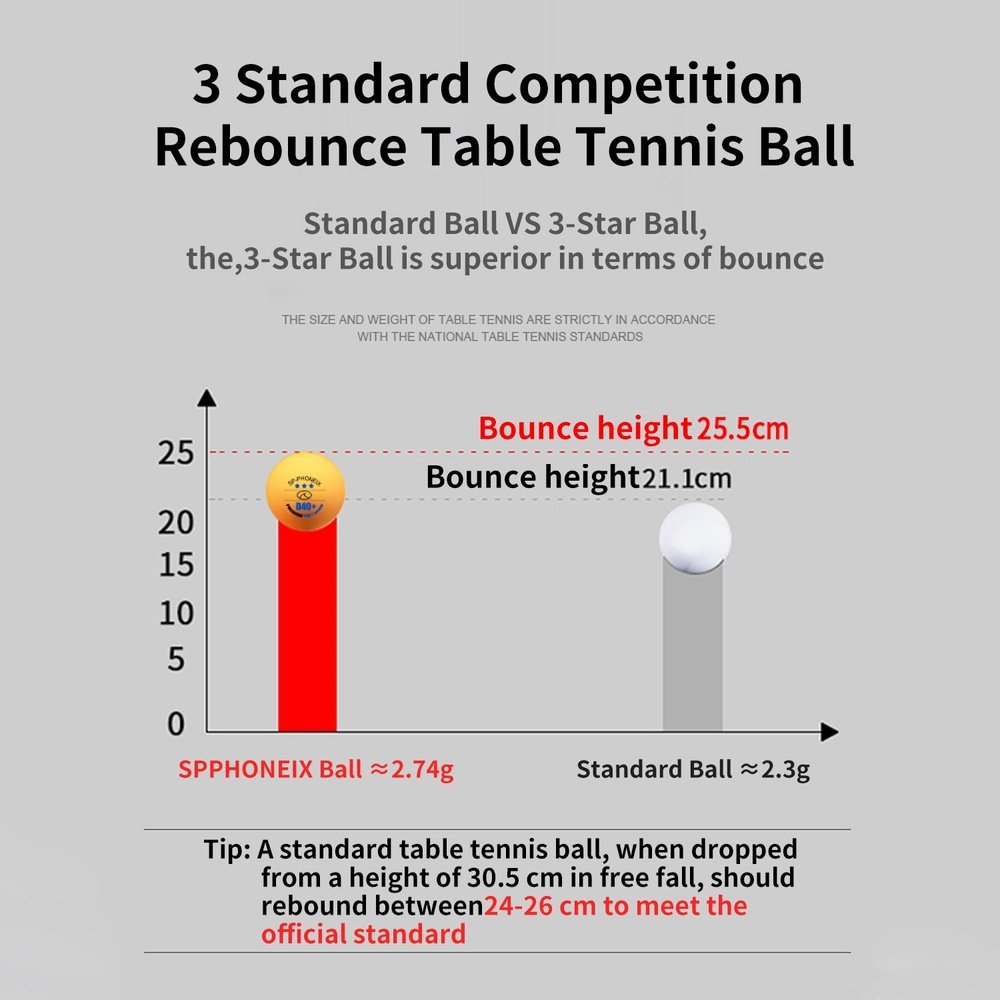
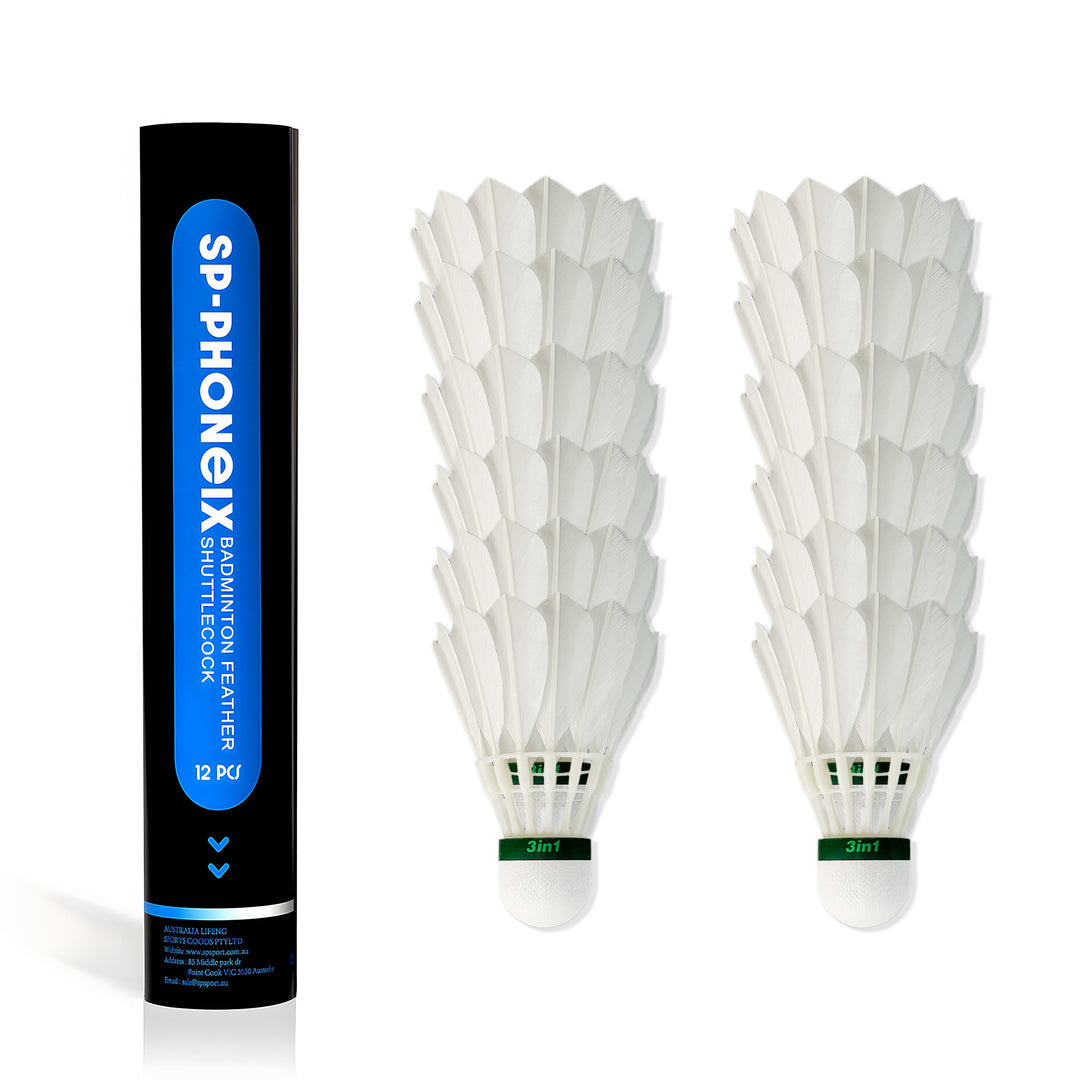

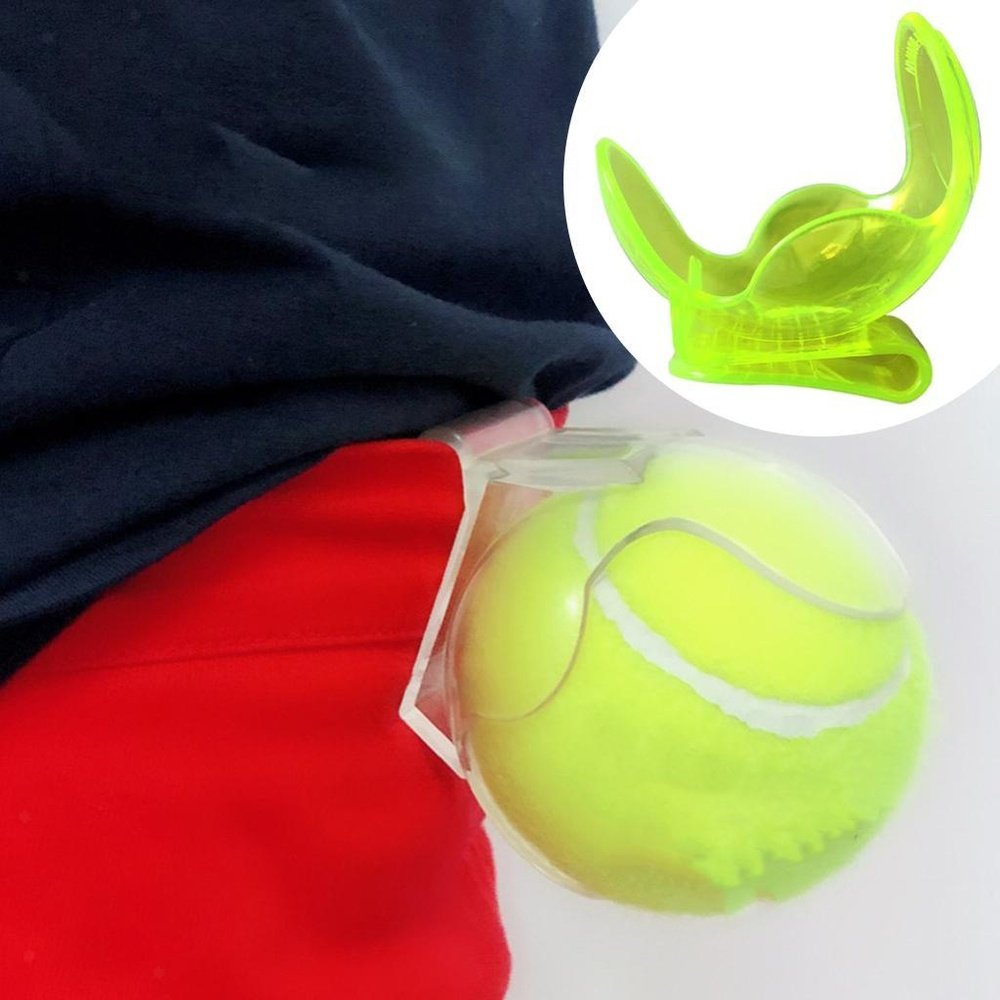

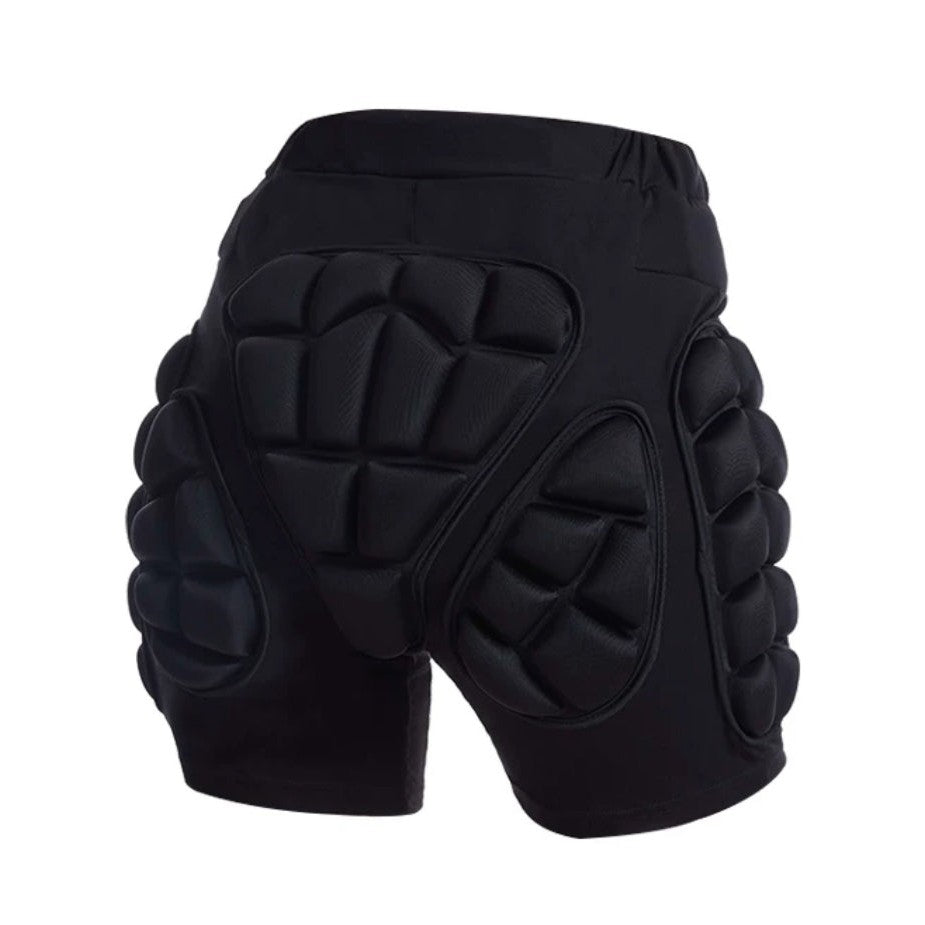


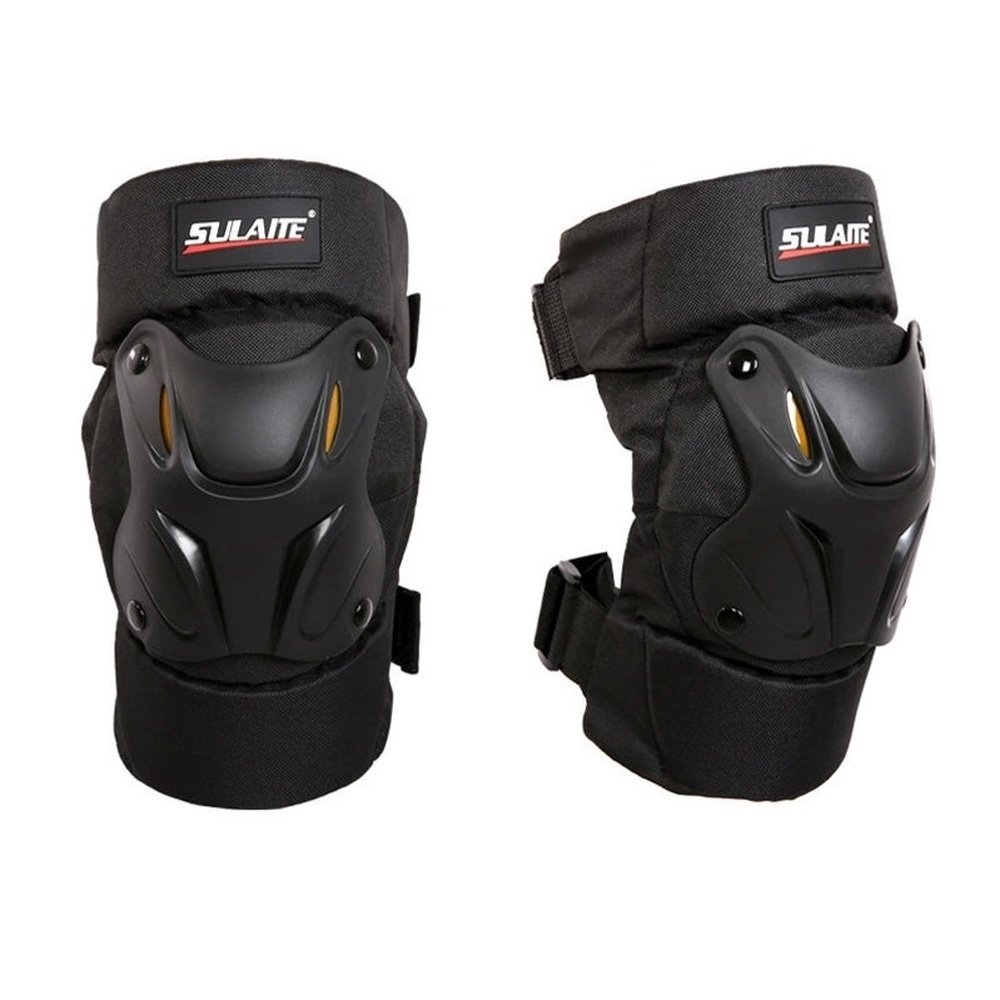
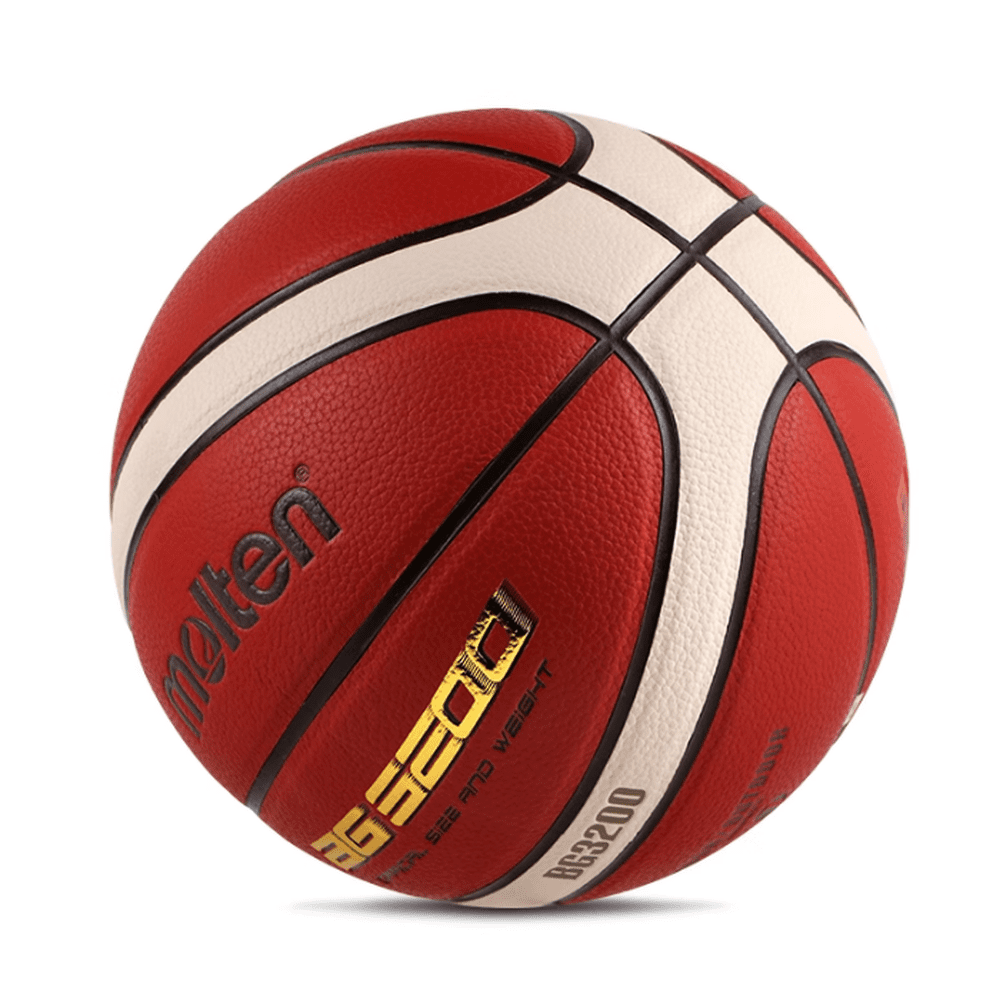

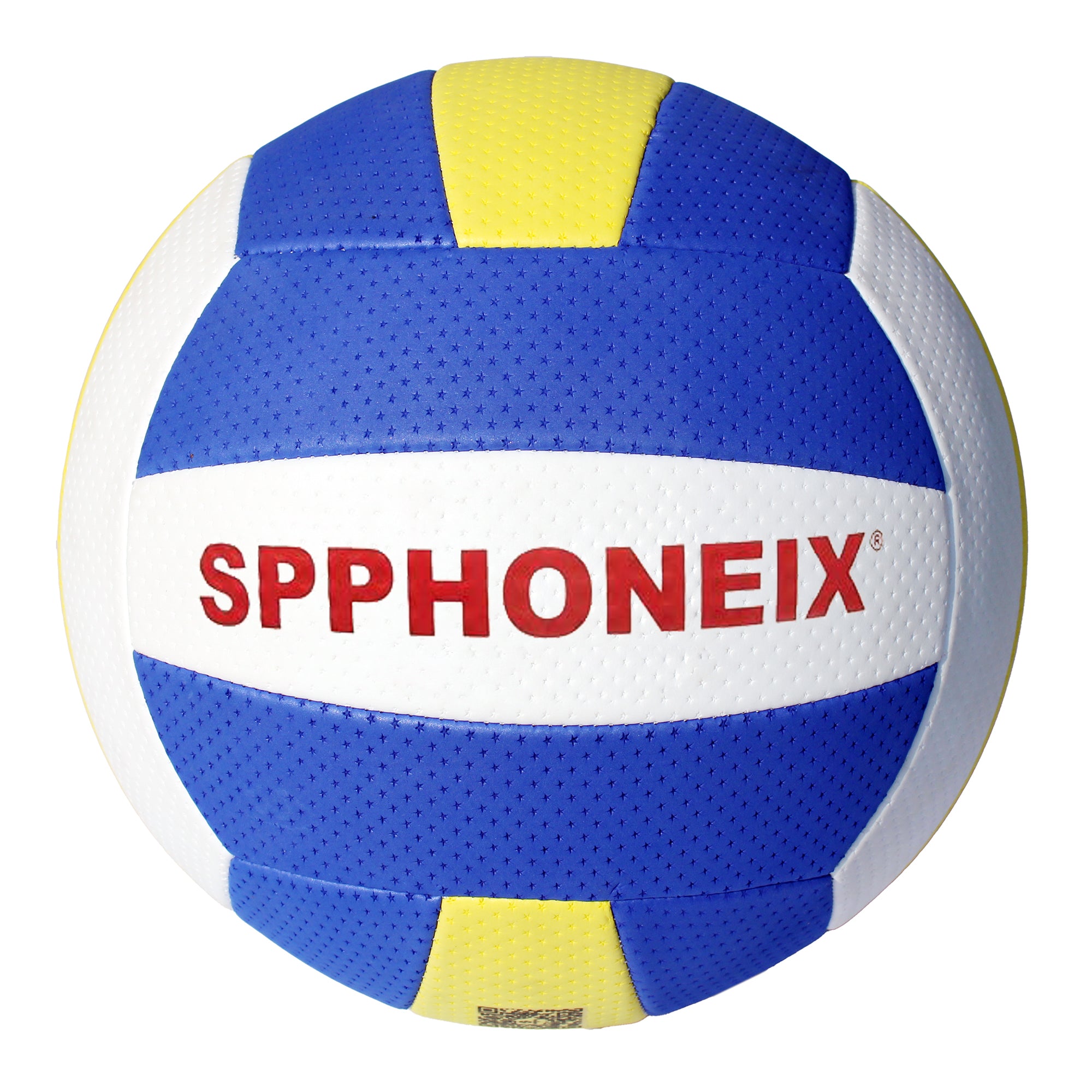
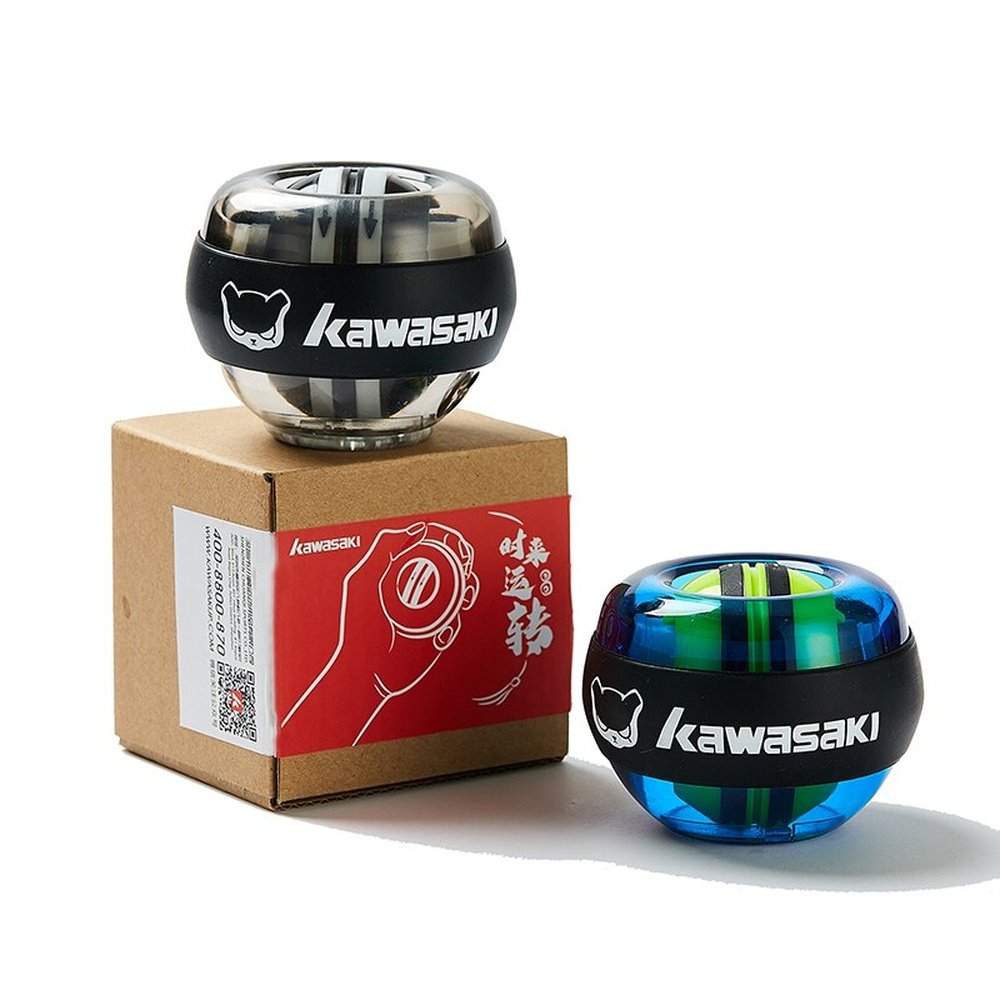
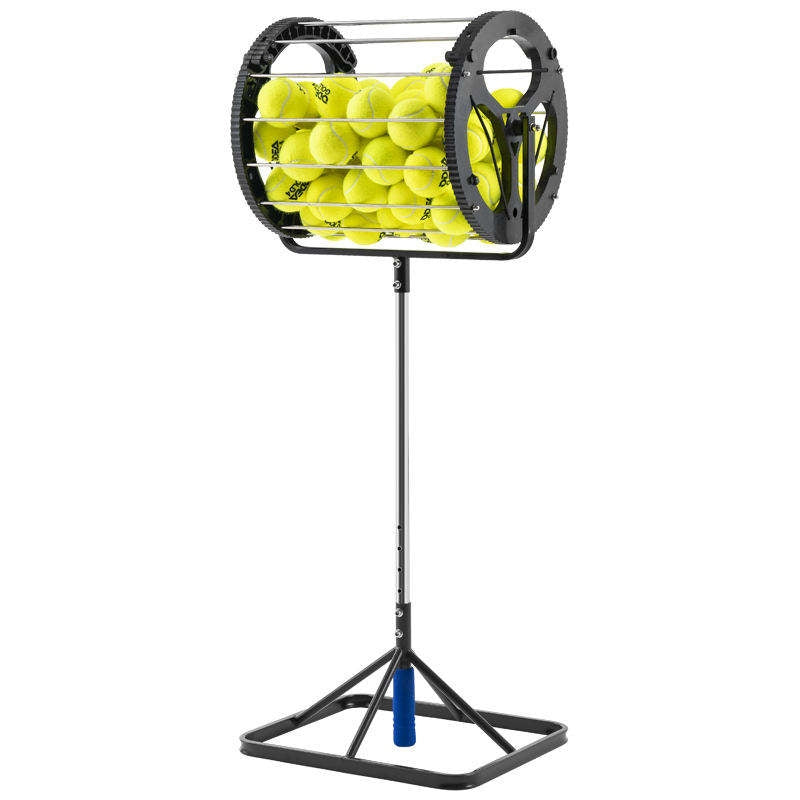

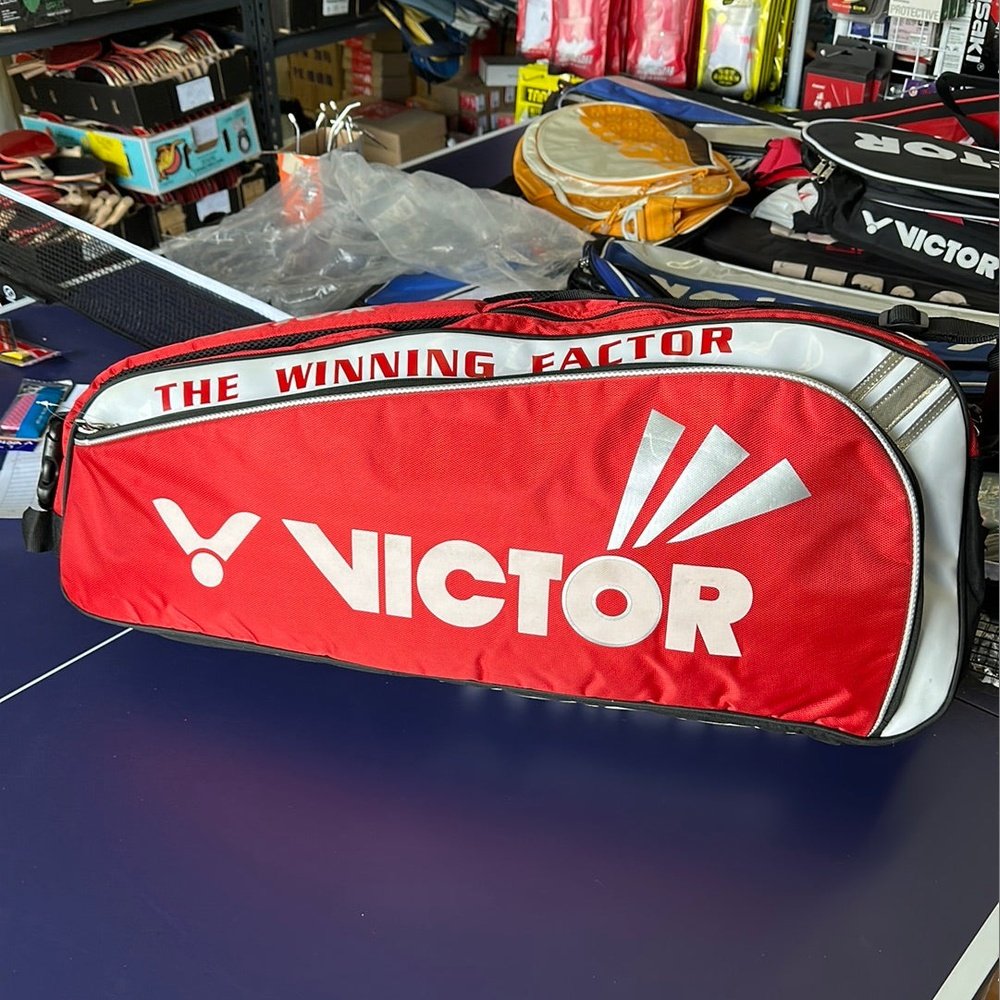



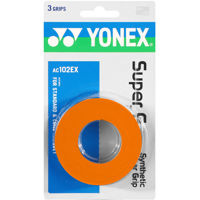
Leave a comment